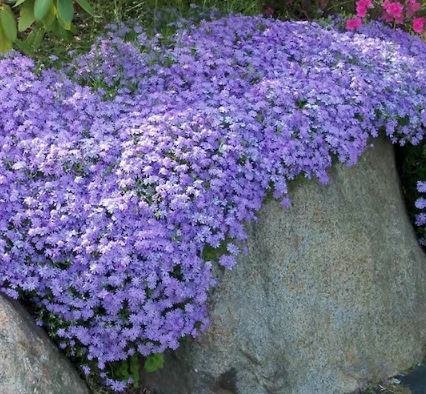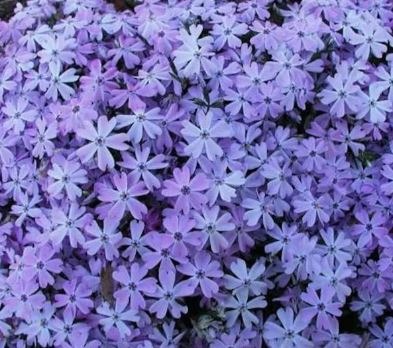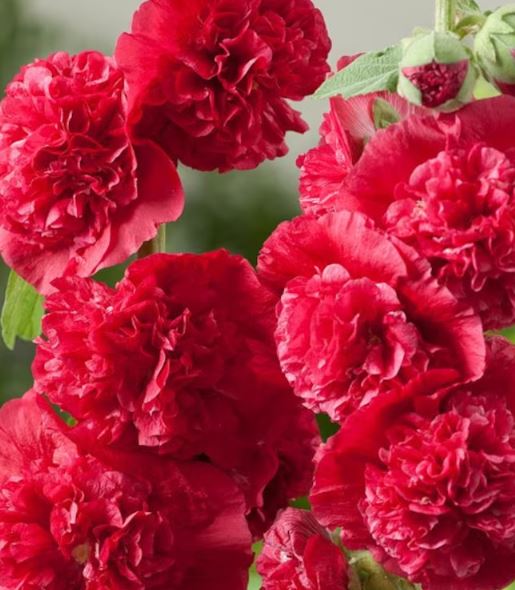Emerald Blue Flower

Known for its dense, delicate, blue, pink, or white flowers, Blue Phlox (Phlox subulata) is a low-growing ground cover plant. The Emerald Blue variety of Blue Phlox is characterized by its deep blue-violet flowers.
Typically, the Emerald Blue variety grows to 4-6 inches (10-15 cm) tall and spreads to 12-18 inches (30-45 cm) wide. Bees and butterflies are attracted to the garden by its narrow, needle-like leaves that are evergreen in most climates.
It grows well in full sun to partial shade and well-drained soil. Blue Phlox is a hardy, low-maintenance plant. A rock garden, pathway, or in front of taller plants often use it as a ground cover. Blue Phlox is recommended to be watered regularly and fertilized in the spring to promote healthy growth and abundant flowering. As well as preventing disease, pruning back the foliage after flowering will encourage new growth.
Care Guide
Here are some tips on how to tend to Blue Phlox Emerald Blue ground cover:
- Planting: Blue Phlox Emerald Blue can be planted in early spring or early fall. Choose a location with full sun to partial shade and well-drained soil. Space the plants about 12-18 inches apart to allow for spreading.
- Watering: Blue Phlox Emerald Blue prefers consistently moist soil, but not waterlogged. Water the plants deeply once a week, or more often in hot, dry weather.
- Fertilizing: Apply a balanced fertilizer, such as 10-10-10, in early spring before new growth appears. Follow the manufacturer’s instructions for application rates.
- Pruning: After the flowers have faded, shear back the foliage by about one-third to prevent the plant from becoming leggy and to promote bushier growth.
- Pest and disease control: Blue Phlox Emerald Blue is generally resistant to pests and diseases. However, watch for signs of powdery mildew or leaf spot, which can be treated with fungicides. Avoid overhead watering to reduce the risk of fungal infections.
- Winter care: Blue Phlox Emerald Blue is hardy and can survive winter temperatures as low as -30°F (-34°C). However, in areas with harsh winters, it may benefit from a layer of mulch to protect the roots from freezing. Remove the mulch in early spring to allow new growth to emerge.





